If you’ve ever wondered why some clothing brands sprint to their first $100K month while others stall at a few sales a day, here’s the unfiltered truth: the ones that win don’t “try everything.” They do a few things extremely well, in the right order, and they measure the numbers that actually matter. This playbook distills that system into a concrete, 30-day plan you can execute—grounded in the exact framework we use, the offer math that protects your margins, and the Ads Manager setup that scales without chaos.
We’ll move from foundation (identity, site) → offer (that still makes money) → organic engine (audience + trust) → paid (simple, focused, profitable) → retention (email/SMS/DM automation) → community and growth levers (OOH, affiliates, conversion tools). Follow this sequence and you’ll have a realistic shot at hitting (or setting up the next month to hit) a $100K run rate—without spending years “figuring it out.”
Part 1: Set the Foundation That Converts (Brand + Site)
1) Clarify a Brand Identity People Actually Feel
Your brand identity isn’t a moodboard; it’s a promise. When it’s clear and specific, everything gets easier—storytelling, creative angles, influencer selection, even which discounts make sense.
-
Brand Story: What change do you exist to create for your customer? (Not just “quality streetwear.” Think: “We make small-batch tees that let Midwest creatives rep their city without looking like a tourist.”)
-
USP: One sentence. Finish this: “Unlike other [category] brands, we [specific advantage] so you can [desired outcome].”
-
Target Customer: Write a one-pager: age range, style archetypes, price comfort, hobbies, cities, staple pieces, favorite creators/athletes/teams, three core objections to buying now.
When you can say your brand story out loud and it sounds like a real person would say it, you’re ready.
2) Build a High-Converting Site (Mobile-First, Speed-First)
You don’t need 100 apps—you need clarity and speed.
-
Design: Clean, intuitive layout. Obvious nav. Hero that says what you sell, who it’s for, and why it’s different—without scrolling.
-
Mobile Responsiveness: Assume most traffic is mobile. Thumb-friendly buttons, short menus, pay options visible above the fold.
-
Speed: Load in ~3–4 seconds max. Every second after that can cost ~10% of users who would have stayed. Compress images, lazy-load, ditch heavy scripts until revenue justifies them.
-
CTA Discipline: One clear CTA per page section. Examples: “Shop New Drops,” “Build Your 3-Pack,” “Find Your Fit.”
-
A/B Testing: Weekly, not yearly. Headline vs headline, 1-image vs lifestyle hero, button copy (“Add to Bag” vs “Get Yours”), 3-pack price anchor vs single.
Site Basics Checklist
-
Sticky ATC on product pages (mobile)
-
Reviews above the fold (social proof)
-
Size guide and model specs (reduce hesitation)
-
Free shipping threshold visible sitewide (AOV nudge)
-
Payment badges and returns policy visible (trust)
-
2-step checkout with Shop Pay/Apple Pay/PayPal (frictionless)

Part 2: Craft an Irresistible Offer (Without Killing Profit)
Most beginners miss this: your offer is a growth lever, not a charity. Great offers are clear, emotional, and profitable. Think urgency (limited drop), exclusivity (early access colorway), or excitement (bundle + surprise accessory)—but run the math first.
Offer Optimizer Thinking
Input your real numbers:
-
AOV: e.g., $100
-
Gross Margin: e.g., 60% (COGS $40 on a $100 order)
-
Cost per Order (ad + ops): start conservative; refine weekly
-
Fixed costs, payment/merchant fees, return rate: include them for a real picture
-
LTV: last 12 months, not guesses—this changes how aggressive you can be
Tested Offer Types & What They Mean for Margin
-
Flat % off (e.g., 20%): Clear but margin-heavy. Often “yellow light.”
-
Buy 2 Get 1 / Buy 3 Get 1: Stack AOV and preserve margin. Frequently “green.”
-
Gift With Purchase ($10 value): Great for perceived value; watch actual cost.
-
Tiered Bundles (2 for $X, 3 for $Y): Anchors AOV and controls discount.
Example Snapshot (from the transcript’s logic):
-
AOV = $100
-
Gross Margin = 60%
-
Break-Even ROAS = 1 / Margin = 1 / 0.60 = 1.67
-
Add buffer to grow safely: target 1.8–1.9
-
Offer flags (example only; run your numbers):
-
20% Off → A little risky
-
Buy 2 Get 1 → Good to go
-
Buy 3 Get 1 → Recommended main offer
-
GWP $10 → A little risky
Make the Offer Emotional and Clear
-
“Build Your 3-Pack—Get a 4th Free (OG colors only).”
-
“24-Hour Early Access: Founders’ Drop—exclusive colorway, limited units.”
-
“Complete the Fit: Add a cap for $15 when you grab any hoodie + tee.”
Pro Tip: Price your bundles so the “per-item” math feels like a steal without exceeding your safe discount threshold. Then name the bundle (e.g., “Weekender 4-Pack”) so the story sells as much as the math.

Part 3: Organic First (Audience & Trust That Pay Off Later)
Treat organic as a training ground and a trust machine. The goal isn’t immediate sales; it’s consistent, compounding attention from the right people.
The Daily Posting Cadence (Instagram + TikTok)
Aim for 3 posts/day (build to it):
-
1 Reel (or short):
-
Concepts: styling tips; “1 pair, 3 fits”; fit checks; BTS production; customer reactions; “drop diaries” (what’s coming + why).
-
1 Carousel:
-
Concepts: lookbook shots w/ captions explaining fabric, fit, story; UGC testimonials; “Tap to build your 3-pack.”
-
1 Flexible Slot (reel or carousel) based on your strength.
Stories: 3–7 per day
-
Quick polls (“Which color first?”), Q&A (“Ask me about fit”), behind-the-scenes, packaging ASMR, micro-wins (“restock just landed”), countdowns to drops, repost UGC.
Why Frequency Works
Even if each post only gets ~100 views, over 30 days you create dozens of touchpoints with the same people. Frequency → Familiarity → Trust → Sales. This is how you prime an audience so paid ads convert faster and cheaper.
Creator & UGC Layer
-
Small creators (2–50K): product seeding + simple brief (“style this tee 3 ways”).
-
UGC creators: pay per asset; ask for 3 hooks/angles each (fit, fabric story, lifestyle).
-
Incentivize your customers: “Share your fit, tag us, win the next drop.”
SEO / Content That Quietly Prints Traffic
You don’t need a media empire—just helpful, high-intent posts weekly:
-
“How to style [your staple] for [season/city]”
-
“Best [fabric] tees for humid summers (fit guide)”
-
“Streetwear Recap: [Your city] x [team]—Fan styles we love”
Format: 800–1200 words, 3 internal links to relevant products, 1 comparison table, 1 “build your 3-pack” CTA.
Part 4: Move to Paid—Keep It Simple (Meta Only to Start)
When your content cadence is rolling and the offer is dialed, it’s time to pay for attention—without overcomplicating it.
The Meta Ads Skeleton (What Actually Works)
One primary campaign per country (e.g., US / UK in separate campaigns).
One broad ad set (age, gender, location—no detailed targeting to start).
Budget: $30–$50/day if new; scale from there.
Concept Testing Structure
-
Per ad set: test concepts, not randomness.
-
Concept = one creative theme in one format.
-
Example Concept A (Images): flat lays with color-background variations
-
Example Concept B (Video): 5–7s “fit check” reels, jump cut hooks
-
Example Concept C (Carousel): “Build your 3-pack” with progressive value frames
-
Keep each concept consistent (all images OR all short videos in that concept test).
-
As budget grows ($300–$500/day), add ad sets for additional concepts, not more targeting voodoo.
KPIs (first 7–10 days)
-
Hook Rate (3-second views or ThruPlay on shorts)
-
CTR (link)
-
ATC rate
-
Cost per ATC vs margin tolerances
-
Early ROAS (directionally—don’t obsess day 1)
Pause obvious losers; duplicate and iterate winners (new hooks/cuts/covers).
Real-World Simplicity Scales
The structure that routinely prints for clothing brands:
-
1 campaign (US) → 1–3 ad sets (concepts) → 5–15 ads per set
-
Broad targeting
-
Daily budget adjustments based on performance (more below)
-
Creatives refreshed weekly (new hooks, angles, or cuts from existing footage)
Break-Even Math & The 5% Rule (Safe Scaling)
Break-Even ROAS = 1 / Gross Margin
-
Example: 60% margin → 1 / 0.60 = 1.67 break-even
-
Add safety: aim for ≥ 1.8–1.9 before increasing
Process
-
Each day (e.g., Thursday), average the last three days’ ROAS (Mon–Wed).
-
If average ≥ your safe ROAS threshold, increase the daily budget by ~5%.
-
If it dips below, hold. If it tanks, reduce by ~5% and diagnose (creative fatigue, offer mismatch, site drop-off).
-
Repeat daily. Compounding kicks in fast, without blowing up learning.
Example:
Budget $30 → +5% = $31.50 → next day $33.08 → $34.73… small steps, big compounding, only when it’s profitable.

Part 5: Retention = The Profit Engine (Email, SMS, DM Automation)
Front-end profitability is nice. Back-end sales are where you turn “good” into “great.”
Email + SMS + ManyChat (DM)
-
Email: non-negotiable from Day 1—even if you have 100 subscribers.
-
SMS: add when your list exceeds ~1,000 and your AOV/margins support it.
-
ManyChat (IG/FB DM): start early; it’s conversation-driven selling and capture.
Automations to Set Up (Week 2–3 at the latest)
-
Welcome Series (email, 3–5 emails): brand story, USP, bestsellers, social proof, “build your 3-pack” education, last-chance welcome incentive.
-
Abandoned Checkout/Cart (email + SMS): 2–4 touchpoints w/ FAQs (fit, returns), light urgency.
-
Browse Abandonment: product education + UGC; no discount by default.
-
Post-Purchase (first-time): care/fit tips, cross-sell to complementary item, invitation to community.
-
Post-Purchase (repeat): VIP tone, early access to drops, “you might also like” curated based on past purchase.
-
Winback (60–90 days): “We saved your favorites,” new colors, “complete the set.”
-
Launch/Drop Sequence: tease → reveal → live → last call (email+SMS+DM).
Segmentation You Can Actually Use
-
New vs repeat buyers
-
AOV tiers (under $70, $70–$150, $150+)
-
Category interests (tees vs hoodies vs caps)
-
Engaged last 30 days vs cold 60+
-
VIP (3+ purchases or LTV $300+)
Cadence
-
Email: 2–3 campaigns/week once you pass ~1,000 subs
-
SMS: 1–2/mo outside of drops; 3–5 during major sales windows
-
DM (ManyChat): use for drop waitlists, sizing help, quiz flows, concierge upsells (“Need help finishing your 3-pack?”)
Part 6: Community = Multipliers (FB Groups, Discord, Skool)
At ~$100K months, community goes from “nice to have” to “moat.”
-
Where: Facebook Group, Discord, or Skool—pick one and go deep.
-
Give Them Reasons to Join: early access, exclusive colorways, “members-only restocks,” styling Zooms, local pop-ups, founder AMAs.
-
Weekly Rituals: “Fit Fridays,” “Member Spotlight,” “Drop Votes” (let them pick the next colorway).
-
UGC Flywheel: monthly giveaways for the best fit pics; feature winners in product pages and emails.
Part 7: Tools That Add Lift (Use at the Right Stage)
Dufy (sales concierge): On-site sizing guidance, upsell/downsells, conversational prompts. Great when you’re getting meaningful traffic and want to increase AOV and conversion with guided shopping.
Retention platforms (on-site capture/experimentation at scale): If you’re seeing ~20–30K homepage visits/month or prepping for a big sale (BFCM, anniversary drop), these platforms can add serious incremental revenue—often a solid blended return when implemented well. Use after initial traction so you’ve got volume to optimize.
Part 8: Out-of-Home (OOH) + Local Ad Layering (Emerging Angle)
Yes, digital dominates—but the pendulum swings. OOH is undervalued in many markets right now.
-
What to Test: affordable billboards, street posters, subway placements, guerrilla wild postings (legal placement only), coffee-shop table toppers.
-
How to Make It Work Digitally: geotarget paid ads around the OOH location. Use the same creative headline and QR code/URL to create continuity.
-
Offer Hook: “Spotted us in [Neighborhood]? Scan for exclusive colorway.”
When you pair physical presence with a geofenced ad burst and an exclusive local incentive, you get outsized recall—and cheaper clicks.

Part 9: Referrals & Affiliates (An Extra $5–$15K/Month)
Once you’re doing ~$30–$50K/month, bolt this on.
-
Affiliate Program: 10–20% on first purchase; extra tier for top performers; monthly spotlight and early samples.
-
Customer Referrals: $15–$25 credit when a friend buys; double credit during drop weeks.
-
Creator Tiers: micro-creator track (gift + small commission) and growth track (higher % + collab capsule potential).
Keep payouts simple, dashboards transparent, and creative assets ready (story posts, product shots, UGC packs).

Your 30-Day Execution Calendar
Week 1 – Foundations & Offer
-
Lock brand story + USP + target customer one-pager
-
Speed audit + mobile pass (compress images, trim scripts)
-
Publish or update size guide; add sticky ATC; clarify returns
-
Choose one primary offer (e.g., Buy 3 Get 1) and name your bundle
-
Shoot a half-day of assets: flat lays, fit checks, BTS, customer reactions
Week 2 – Organic Engine + Email Automations
-
Begin daily cadence: 1 reel + 1 carousel + 3–7 stories
-
Seed 5–10 small creators with product + clear brief
-
Launch email flows: welcome, cart, checkout, post-purchase
-
Publish 1 blog/guide (SEO) and link it from stories + bio
Week 3 – Paid Ads (Meta) + List Growth
-
Launch 1 campaign (US) → 1 broad ad set → 2–3 concepts (5–12 ads)
-
Budget: $30–$50/day to start; monitor 3-day averages; apply 5% rule
-
Set up simple lead capture on site (spin-to-win optional, but tasteful)
-
DM automation (ManyChat): “Fit Quiz” and “Drop Waitlist” flows
Week 4 – Scale, Community, and Lifts
-
Apply 5% daily budget increases when ≥ safe ROAS
-
Start a FB Group/Discord and invite buyers + email list; run your first “members-only” early access
-
Line up referral/affiliate program; recruit your first 10 partners
-
Prepare next month’s drop with a 7-day tease → reveal → launch sequence

Creative That Converts: What to Make This Month
Hooks for Reels/Shorts
-
“We built a 3-pack that survives every summer wash.”
-
“From box to body: watch the fit in 5 seconds.”
-
“This colorway will not restock (here’s why).”
-
“1 tee, 3 fits: office, weekend, game day.”
Carousel Concepts
-
Problem → Promise → Proof (wrinkling, transparency, fit)
-
Bundle Builder: slide 1 (headline), slide 2–4 (choose 3), slide 5 (free 4th), slide 6 (UGC collage), slide 7 (tap to build)
-
Fabric Story: zoom-ins + laydowns + care tips + swipe to size guide
Ad Copy Templates
-
Short: “Build your 3-pack, get a 4th free. Everyday fit, heavyweight feel.”
-
Story: “We were tired of tees that sag after two washes—so we made the one we wished existed. 3-pack builder is live. Members get early access.”

Troubleshooting: Why It Isn’t Working (Yet)
-
ROAS Under Water, CTR okay: Site friction. Fix speed, simplify product pages, add sticky ATC, clarify size/returns.
-
ROAS Under Water, CTR low: Creative angle mismatch. Rewrite hooks to speak to your USP and offer. Lead with motion in first 2 seconds.
-
ATC High, Purchases Low: Payment friction or shipping surprise. Add Shop/Apple Pay, show shipping threshold early, test free shipping on bundles.
-
Email Driving Low Revenue: Fix segmentation; too many blasts, not enough flows. Add post-purchase cross-sell and better product education.
-
Organic Feels Dead: Overpolished content. Show humans, process, and reasons behind choices. Ask questions. Repost every UGC that fits the brand.

The $100K Month Scenario (How It Adds Up)
Let’s map a feasible path, assuming a modest start:
-
AOV: $95–$110 (bundles push this up)
-
Margin: ~60%
-
Paid Spend (Month): $20–35K (scaled using the 5% rule when profitable)
-
Blended ROAS Target: ~3.0–4.0 as you dial creative + offer
-
Email/SMS/DM + Organic Uplift: +20–35% of total revenue (flows + launches)
With the right offer, a clean site, and broad-targeted creative that hits, it’s common to see paid produce ~$60–$80K and retention/organic/affiliate stack contribute the rest to cross $100K. The lever you control most quickly is AOV (bundles + free-gift thresholds) and frequency (consistent posting + creator seeding).
Advanced Notes (When You’re Hitting $20–$50K and Pushing to $100K)
-
Add Google Performance Max only when Meta is already performing; use it for branded capture + shopping coverage.
-
Creative Ops: every week, schedule a 2-hour “cut clinic” where you create 6–10 net-new variations from existing footage (first 2 seconds matter most).
-
OOH Pilot: book a cheap 2-week neighborhood billboard; run geofenced ads with the same headline; measure direct + lift with a unique URL/QR.
-
Affiliates: start with 20 micro-creators; hand them a “drop launch kit” (story frames, captions, product shots, discount code).
-
Community: launch a members-only colorway; track % of sales to community vs public—once community >15%, keep feeding it monthly.
Your North Star: Keep It Boringly Simple
-
One clear brand story.
-
One high-converting offer (with math).
-
One simple Meta structure (broad, concept tests).
-
Daily 5% budget bumps only when 3-day ROAS ≥ your safe line.
-
Email/SMS/DM flows live early.
-
Community as your compounding edge.
Do that for 30 days with discipline, and you’ll either hit your first $100K month—or have the pipeline, data, and momentum to make the very next month your breakout.
If you want, tell me your current AOV, margin %, and best-selling SKU. I’ll sketch a plug-and-play offer and a 10-ad concept grid you can launch this week.


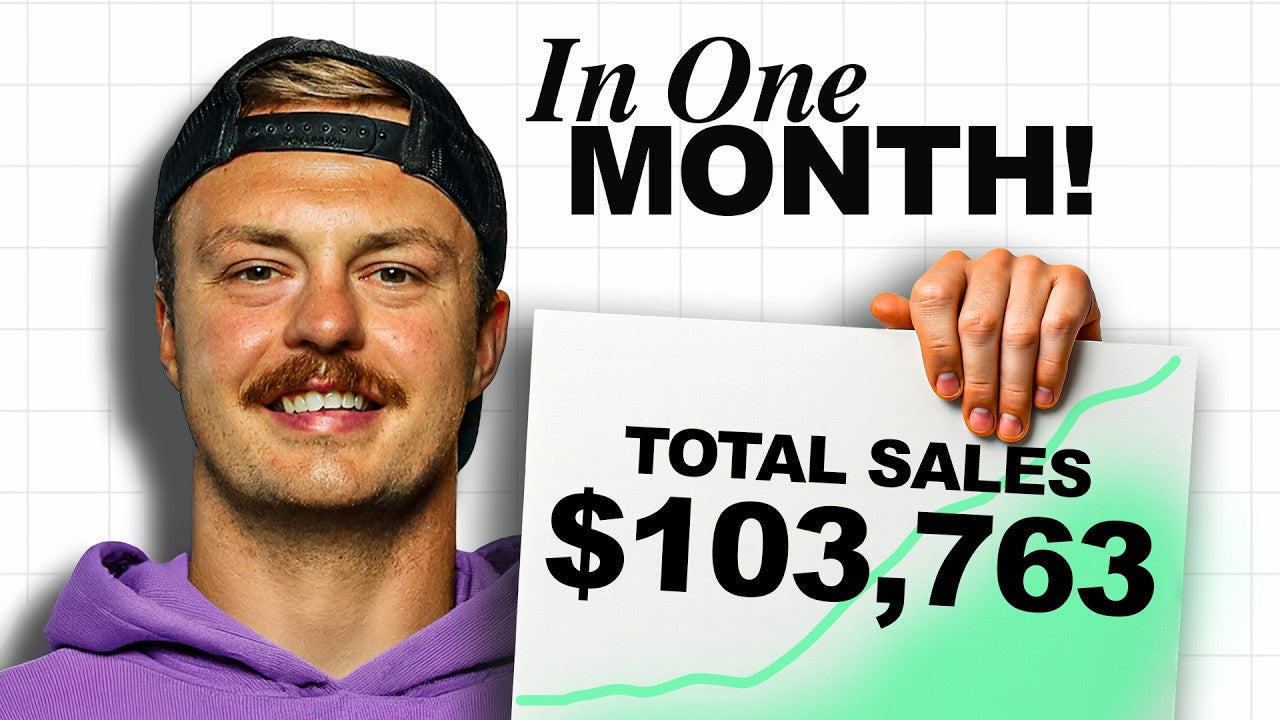





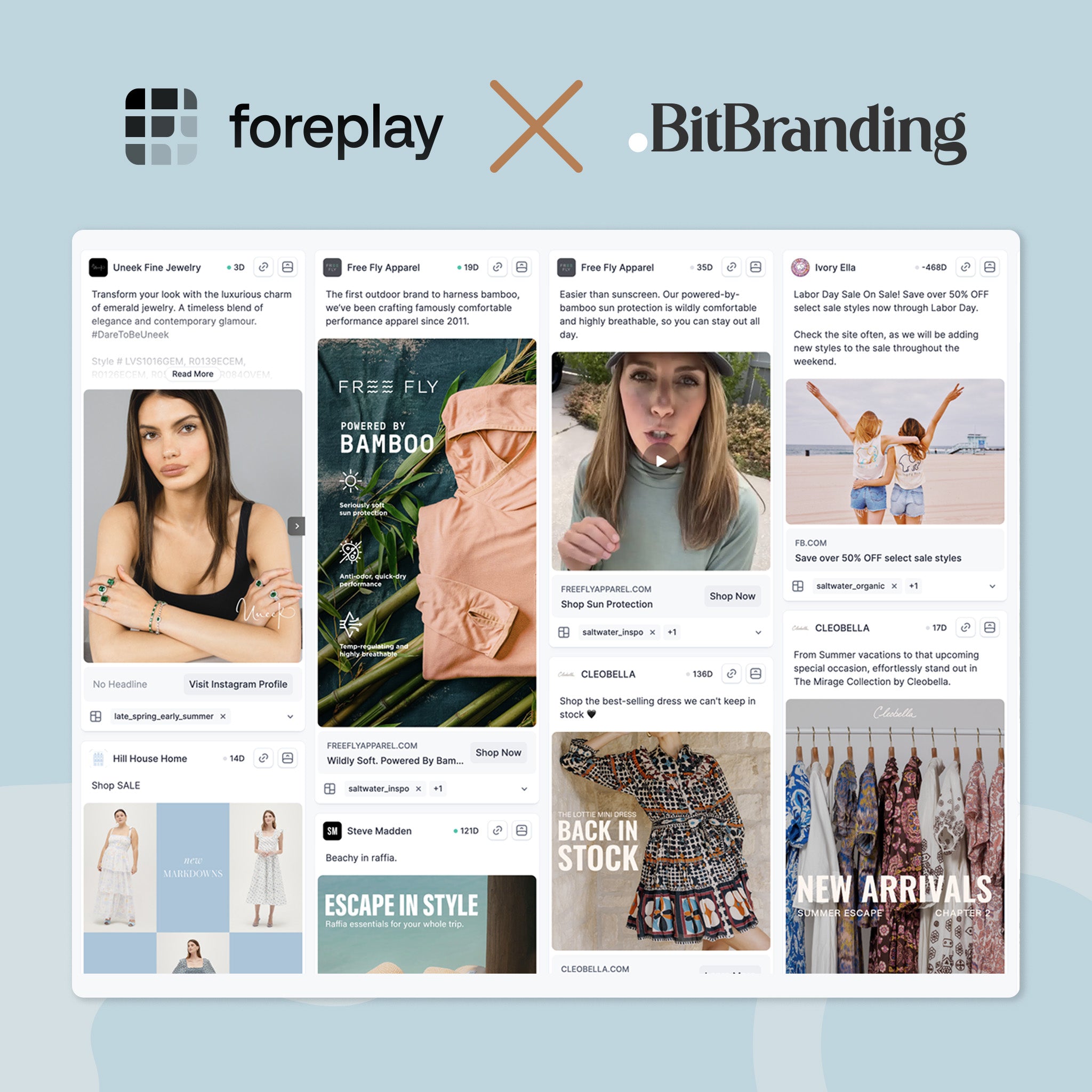
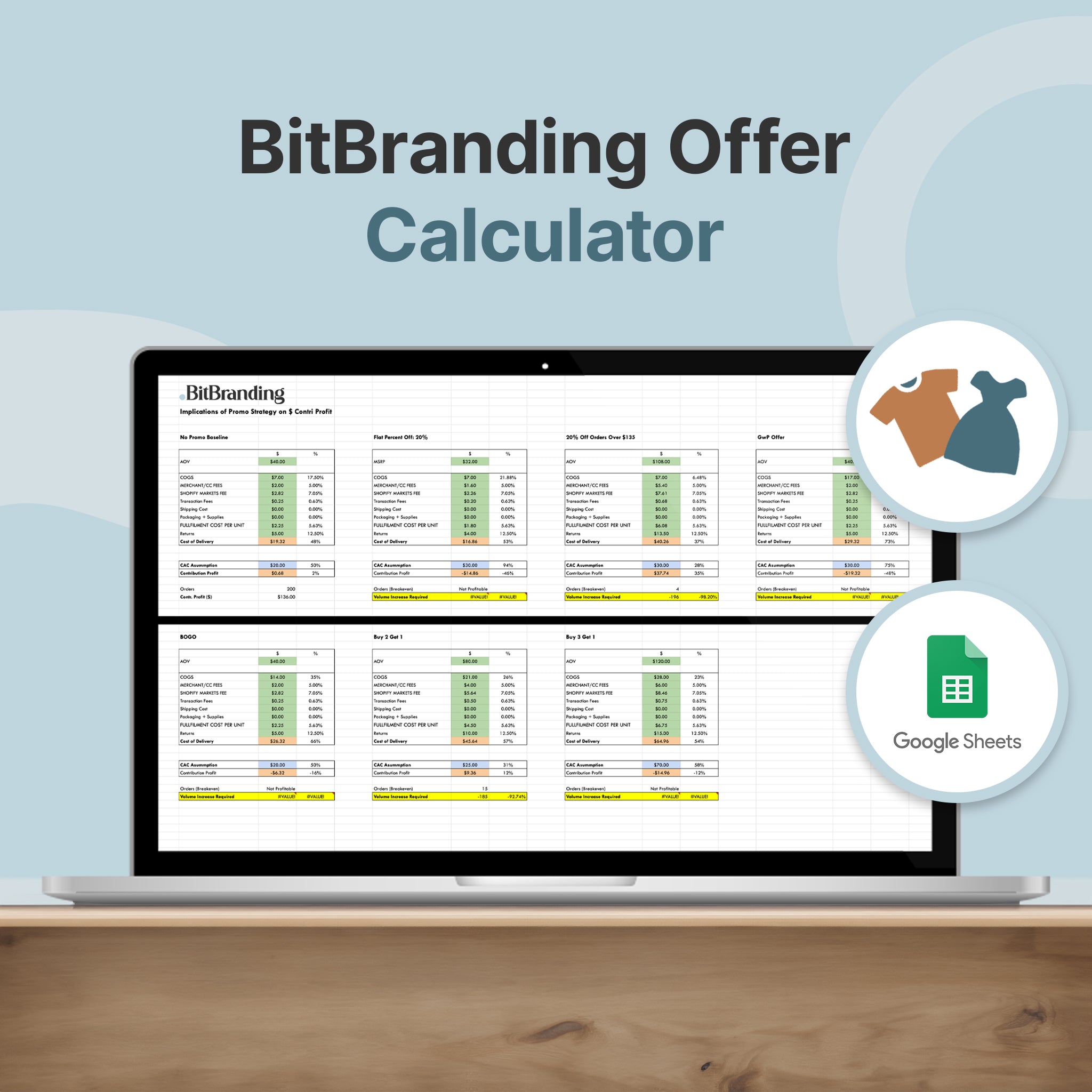
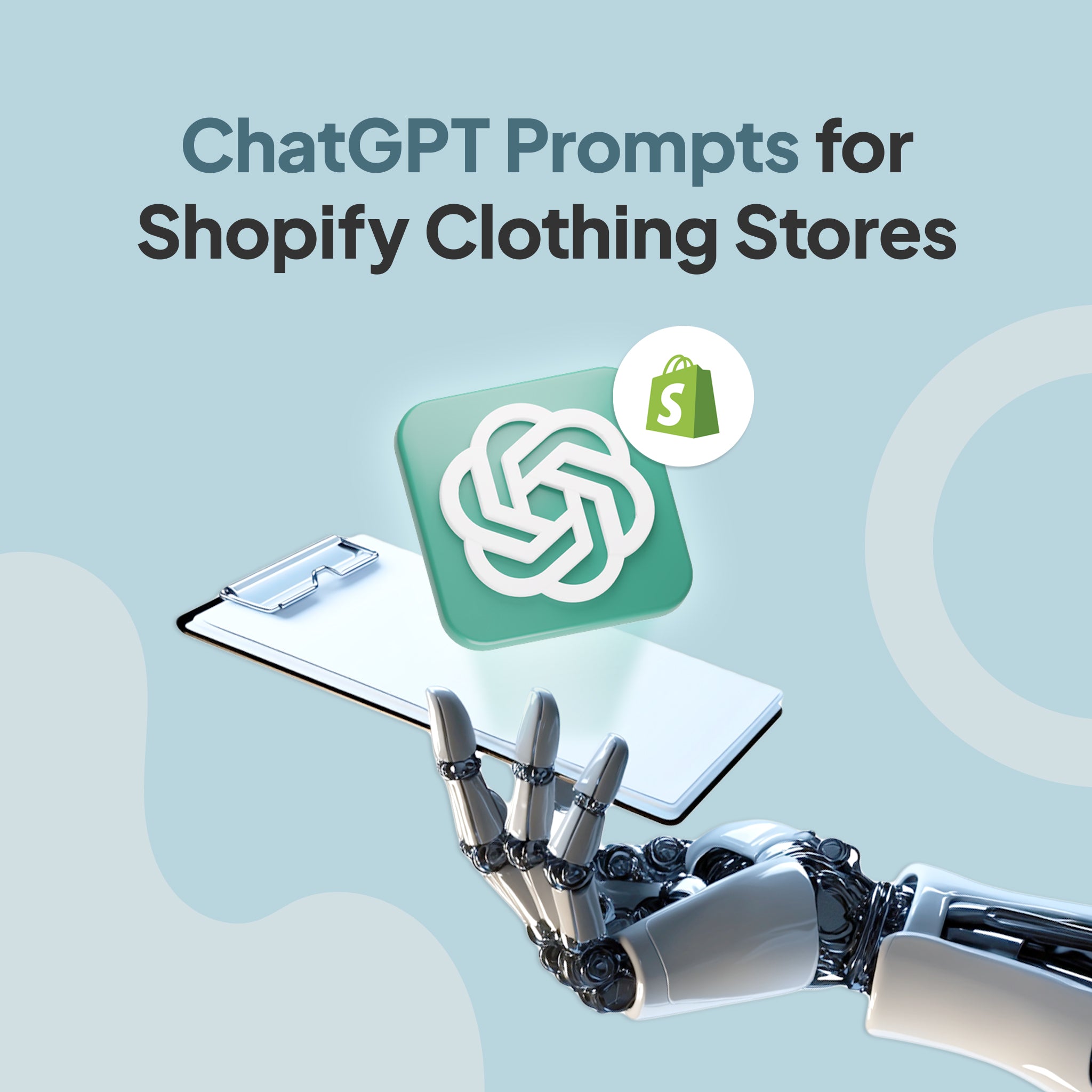

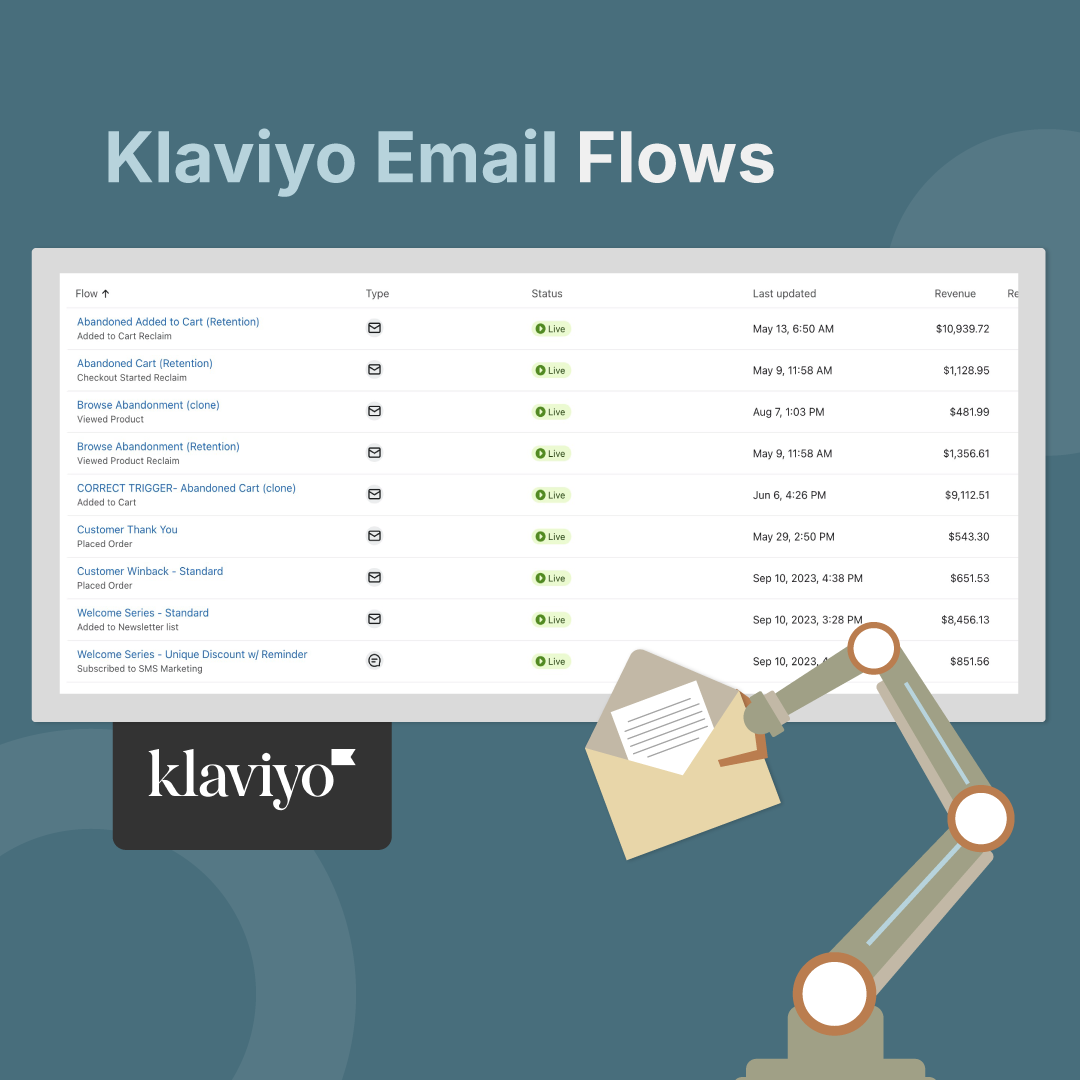
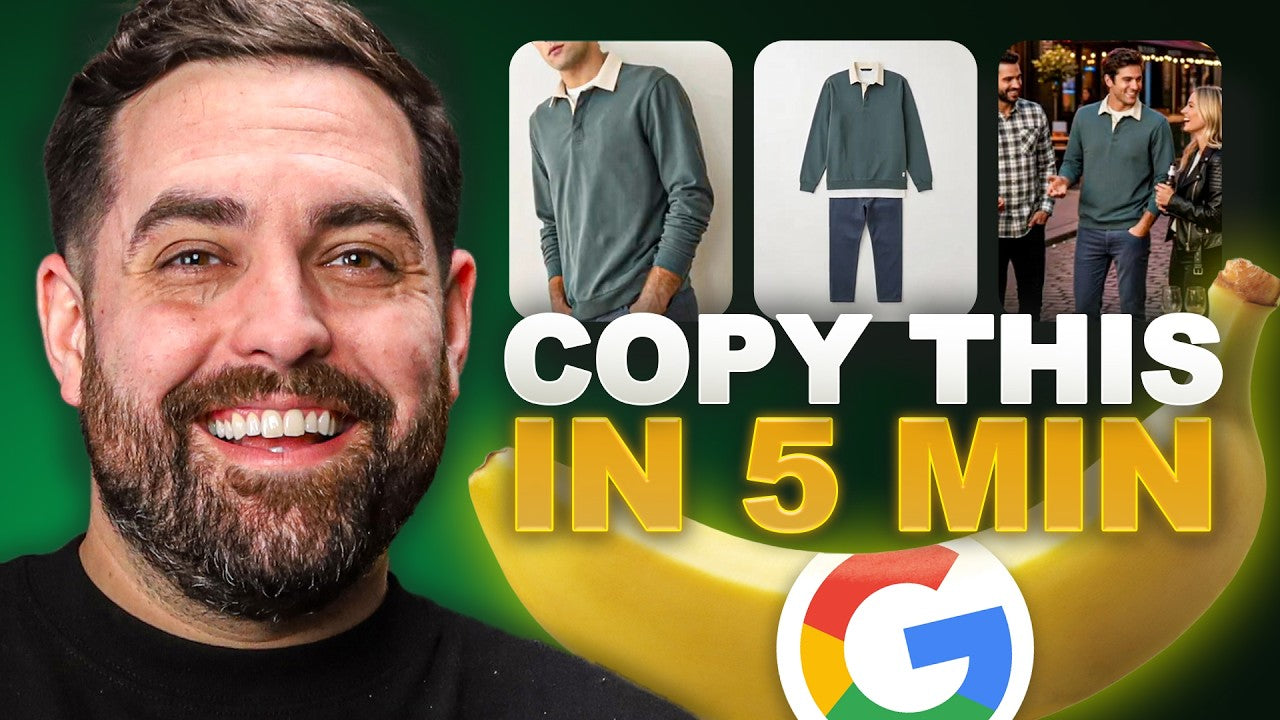
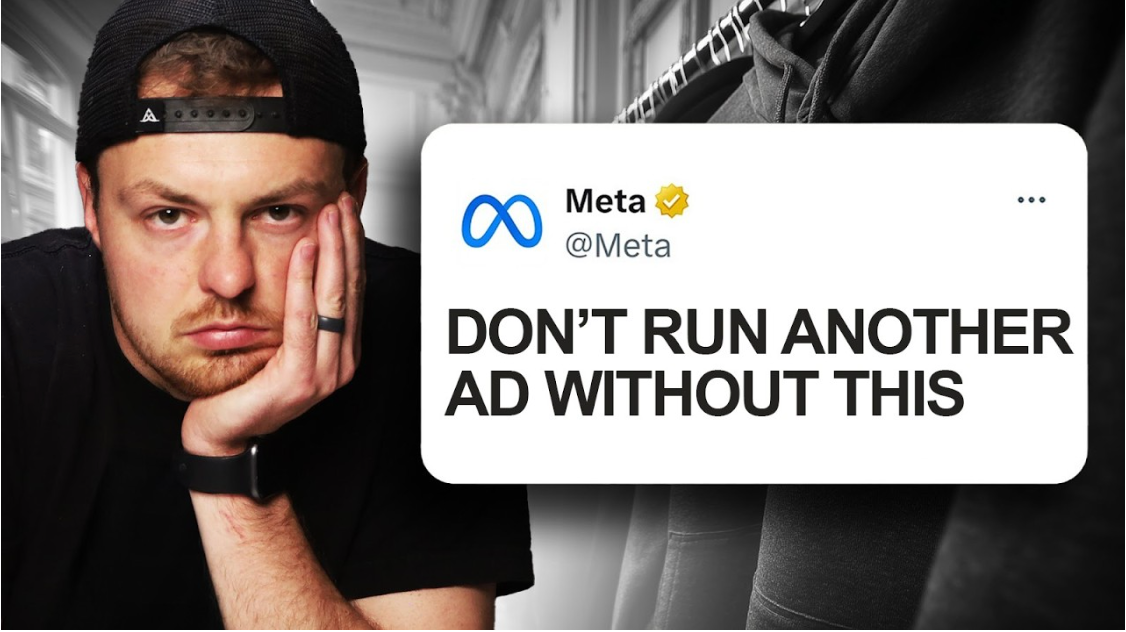
Share:
How to Run FACEBOOK ADS for Clothing Brands
How I Use Nano Banana to Scale Clothing Brands